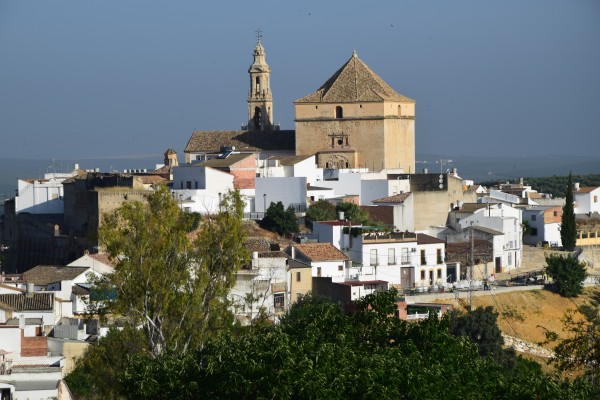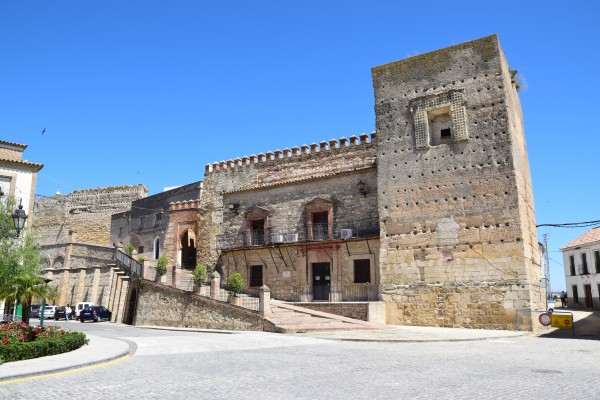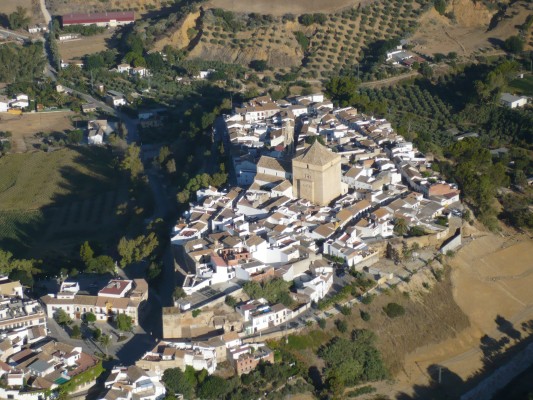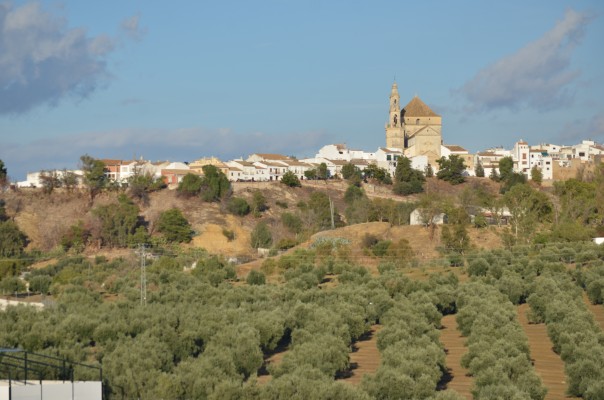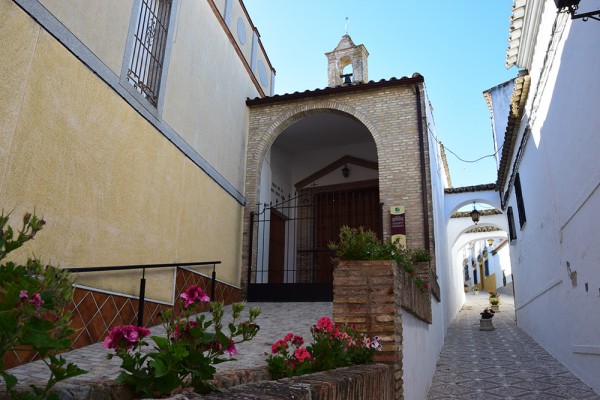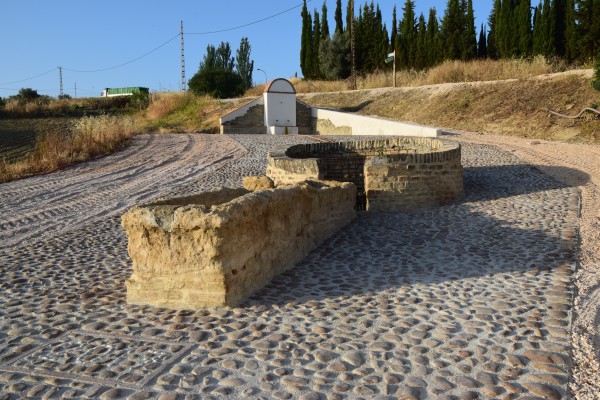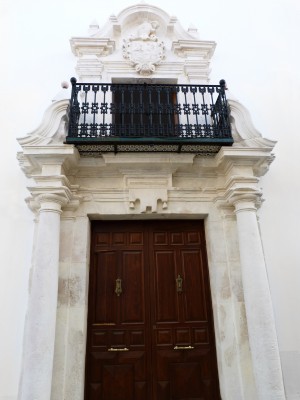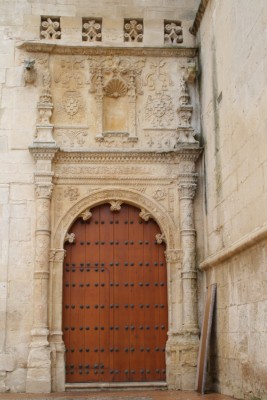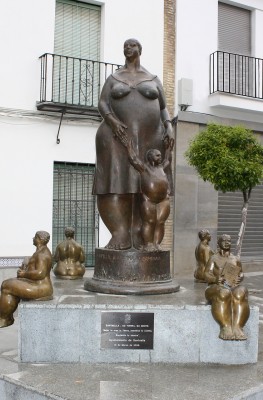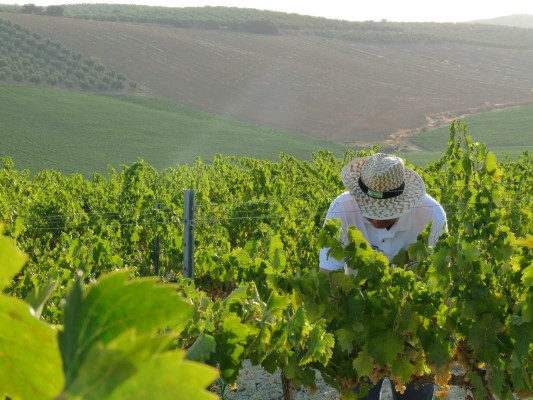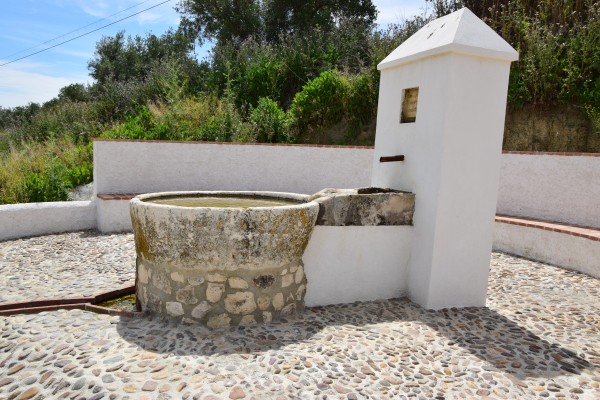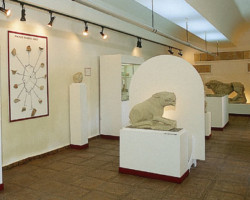Santaella possesses fertile lands that now produce even larger harvests as the result of the introduction of irrigation systems. As the saying goes, “in terms of flat rural cropland, its chapel and its bell, Santaella is unsurpassed” [a campiña, capilla y campana nadie le gana]. Indeed, originally a granary during the period of the Caliphate, Santaella possesses fertile lands that now produce even larger harvests as the result of the introduction of irrigation systems and a parish church of cathedratic proportions, although the bell was lost many years ago. Iberian figures of lions have been uncovered in the subsoil, the castle, now in ruins, once served as the prison of Gonzalo Fernández de Córdoba, the Great Captain, and the village also provides the setting for the episode with the galley slaves in Cervantes’ Don Quixote.
- This village is located in the southwest of the province, 15 km from La Rambla.
- Distance from Córdoba: 56 km.
- Altitude: 243 m.
- Surface area: 271.21 km2.
- Population: 6.002.
- Term used to designate inhabitants: Santaellenses
- Region: Campiña Sur.
Al-Idrisi mentions the existence of the Castle of Shantyala [the origin of present-day Santaella] in the 12th century. The village was surrendered to Christian forces in approximately 1240, and in 1265 Alonso X ceded Santaella to the Council of Córdoba. In 1469, Alfonso de Aguilar, who accumulated a great deal of land, received the locality as estate from Henry IV. Five years later, the village was stormed by Diego Fernández de Córdoba, son of the Count of Cabra, who imprisoned Gonzalo Fernández de Córdoba, the future Great Captain and brother of Alfonso, who was in charge of the defence of Santaella. In the Modern era, more specifically in 1569, Santaella was withdrawn from the jurisdiction of the City of Córdoba, and, in 1649, the locality was purchased by Diego de Aguayo y Godoy, later named Marquess of Santaella by Phillip IV.

